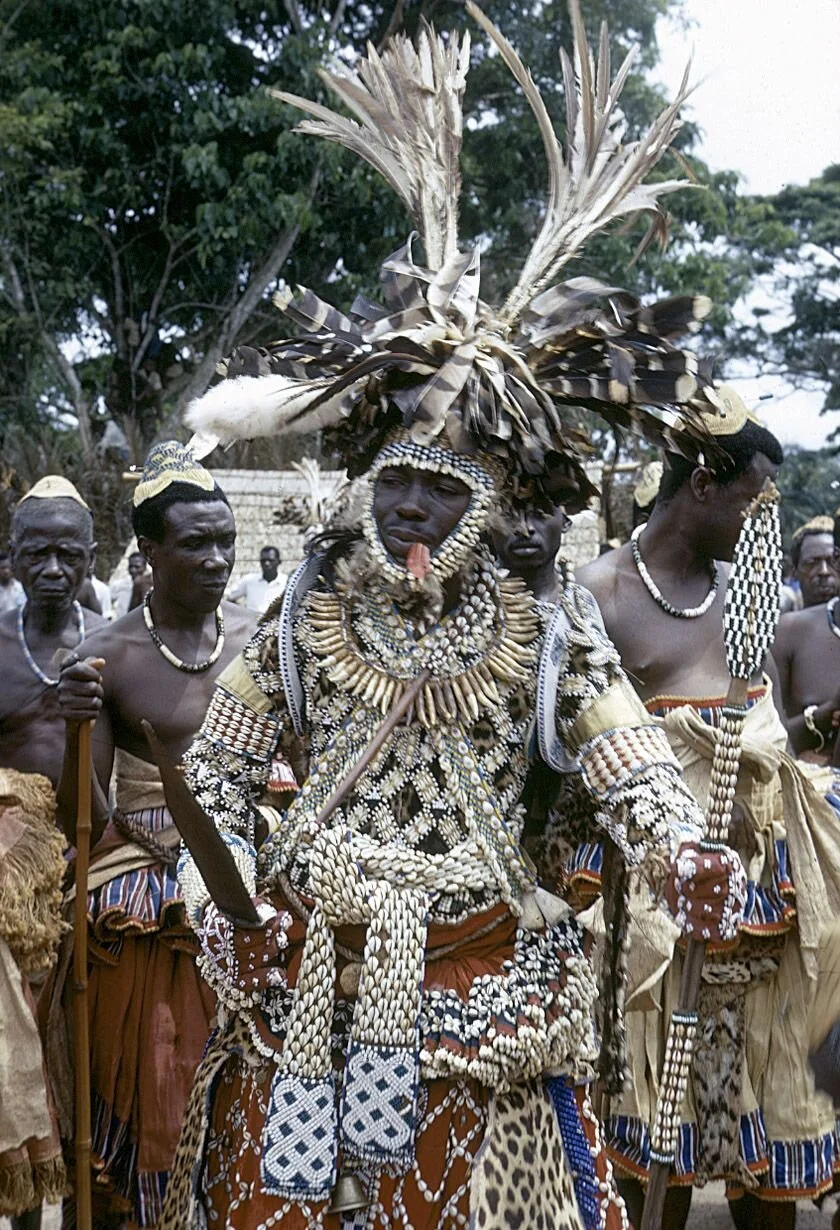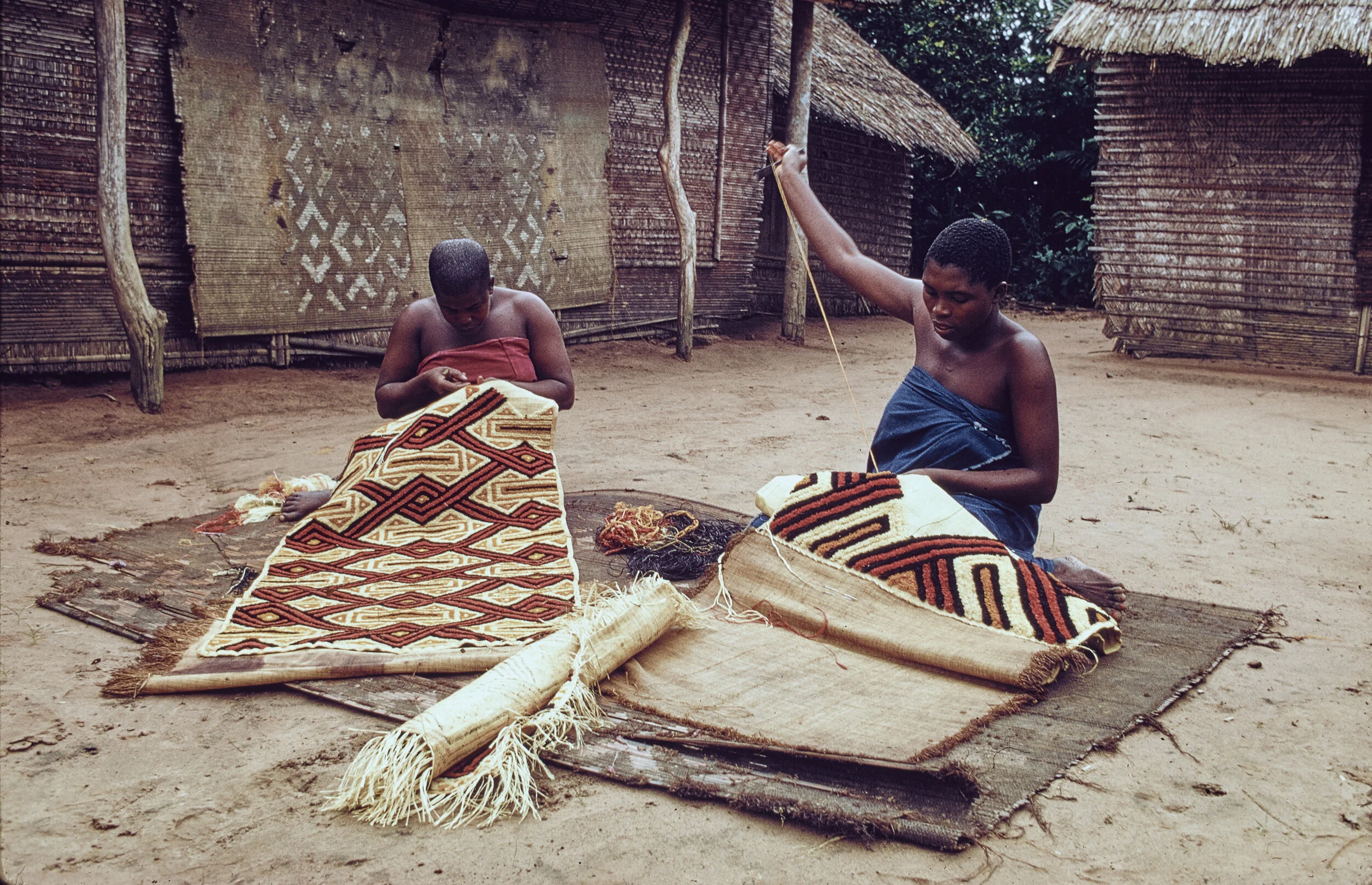The art of the Kuba Kingdom.
You might have already heard of it, but who or what is it exactly.
Kuba, or you can call them Bakuba, they exist of nineteen different ethnic groups all included in the kingdom. The Kuba kingdom of the Democratic Republic of the Congo probably started to develop in the 16th century, when people began migrating from the north.
In the mid nineteenth century the kingdom was seen as the trade center for ivory, exported textiles, and more. The Kuba kingdom exists of many ethnic groups, each one with its own leader, the king of Kuba always has to be a member of the Bushoong group.
Many of the kuba nowadays work as farmers and fishermen.
They live between the Kasai and Sankuru rivers. The Kuba are known for their beautiful raffia embroidered textiles, fiber, beaded hats, carved palm wine cups, and cosmetic boxes. Still, they are most known for their unique monumental helmet masks, featuring exquisite and unique geometric patterns, stunning fabrics, seeds, beads, and shells.
“Kuba art is one of the most highly developed of all African traditions.”
Shyaam a-Mbul a Ngoong.
The kingdom started as a cluster of several chiefdoms of different ethnic backgrounds. Around 1625, Shyaam a-Mbul a Ngoong (an outsider) took over one of the area rulers and united all the chiefdoms under his leadership. Tradition states that Shyaam a-Mbul was adopted and the son of a Kuba queen. Later on, he decided to leave the Kuba region to find enlightenment in the Pende and Kongo kingdoms to the west. After getting all the knowledge he could from these states, he made the decision to come back to Kuba to form the empire's political, social and economic foundations.
Kuba Art.
Their art is one of the most highly developed African traditions, and significant cultural accomplishments are part of the Kuba heritage.
Kuba art consists of a diverse array, which most of it was made for higher ranking chiefs and kings of the kingdom. Their work variated from raffia embroidered textiles, headdresses, masks, drinking vessels, ndop, and decorative arts and surface design. This art was seen as a symbol of wealth, prestige, and power.
Headdresses were an essential factor to the Kuba and a symbol of power in Kuba society. The headdresses indicate a person's role, title, or leadership in the kingdom. These unique creations are designed to be worn on multiple different occasions, such as traditional dances, funerals, and many more special events.







